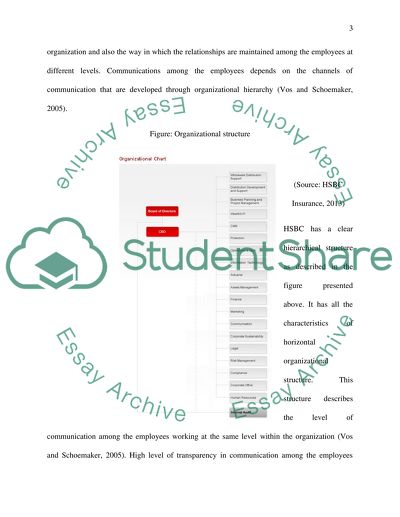Cite this document
(“Marketing Planning Essay Example | Topics and Well Written Essays - 5000 words”, n.d.)
Marketing Planning Essay Example | Topics and Well Written Essays - 5000 words. Retrieved from https://studentshare.org/marketing/1483605-marketing-planning
Marketing Planning Essay Example | Topics and Well Written Essays - 5000 words. Retrieved from https://studentshare.org/marketing/1483605-marketing-planning
(Marketing Planning Essay Example | Topics and Well Written Essays - 5000 Words)
Marketing Planning Essay Example | Topics and Well Written Essays - 5000 Words. https://studentshare.org/marketing/1483605-marketing-planning.
Marketing Planning Essay Example | Topics and Well Written Essays - 5000 Words. https://studentshare.org/marketing/1483605-marketing-planning.
“Marketing Planning Essay Example | Topics and Well Written Essays - 5000 Words”, n.d. https://studentshare.org/marketing/1483605-marketing-planning.


